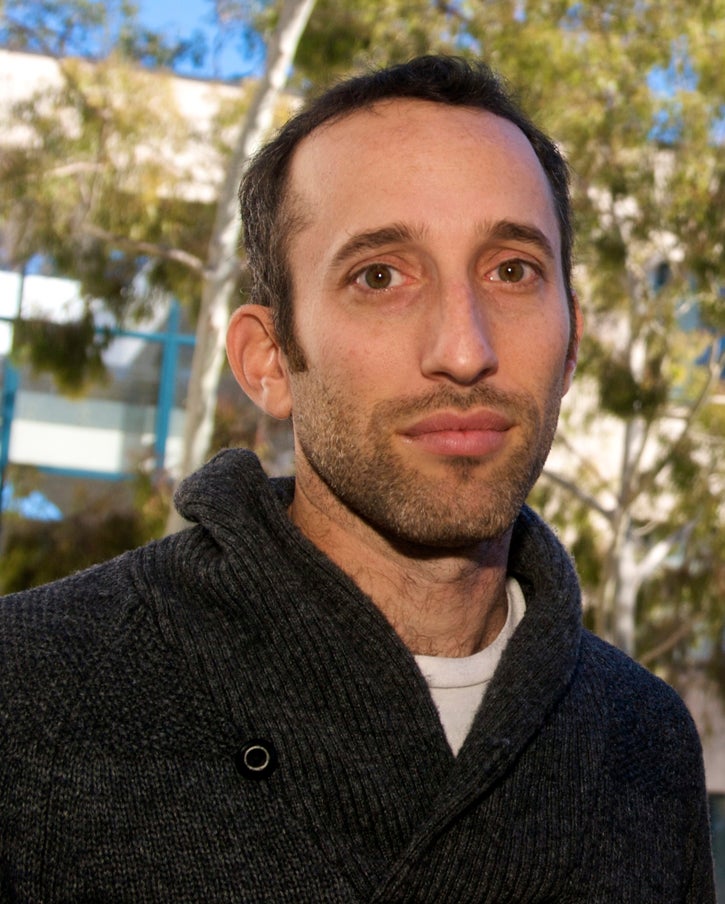
UCSB Anthropologists Study Effects of Modernization on Physical Activity and Heart Disease Among Amerindian Men and Women
Heart disease continues to be the leading cause of death in the United States, and a sedentary lifestyle is often cited as a major contributing factor. Among the Tsimane, an indigenous population in the lowlands of Bolivia's Amazon basin, however, indicators of heart disease are practically non-existent –– cholesterol is low, obesity is rare, and smoking is uncommon.
That's according to researchers at UC Santa Barbara and the University of New Mexico, who have been studying hunter-gatherers and forager-horticulturists to understand how their physical activity levels are affected by modernization; whether that, in turn, has increased the incidence of obesity, hypertension, and other conditions related to heart disease; and how their findings might apply to adults in the U.S. Their research is highlighted in an article published today in the journal PLoS ONE.
The simple answer, according to Michael Gurven, professor of anthropology at UCSB and lead author of the study, is that physical activity alone –– or lack thereof –– does not relate to obesity or body fat among the Tsimane, and despite a subsistence lifestyle, activity alone is unlikely to account for their relative absence of chronic disease. As Gurven noted, the research demonstrates that, although a high level of physical activity may be important in staving off heart disease and diabetes, it's unlikely to be the "magic bullet" that explains why a group like the Tsimane maintains a healthy chronic disease profile.
"Indigenous populations like the Tsimane are very physically active," said Gurven, who is also director of UCSB's Integrative Anthropological Sciences Unit and the Broom Demography Center's Biodemography and Evolution Unit. "There are people who think physical activity alone is enough to have a healthy heart. They assumed the Tsimane activity level was equal to running a marathon every day. But we did the analysis, and they aren't."
By measuring the physical activity level (PAL) of individual Tsimane men and women over 24-hour periods using a combination of spot observations and accelerometers, combined with heart rate monitors, Gurven and his team found is that while the Tsimane are, indeed, physically active –– more so than average Americans –– their PAL is not so great that it separates them from that of developed populations. "We found that while the Tsimane are more active than we are, there's a decent amount of overlap," he said. "Tsimane are not more vigorously active than athletic Americans with a high activity level. In fact, Tsimane do not spend much time in ‘vigorous' activity, but instead spend a lot of time in light to moderate activity. Rather than characterizing the Tsimane as vigorously active, I'd more safely say they are not sedentary."
The researchers also examined issues related to obesity and body mass index (BMI). "One idea is that we're less active than we used to be, so we get heavier," Gurven explained. "But that's actually kind of controversial. The heavier you get, the more weight you have to move around. So even though you may be less active, you could be expending more energy. There's plenty of data that even when people are experimentally manipulated to increase their activity levels, after a three month period, their weight doesn't shift all that much. Or it shifts and goes back again."
That might be due to increased appetite and subsequent excess food intake, Gurven suggested. "Depending on your hunger levels, you might be eating more than the increase in your activity can accommodate, so you end up gaining weight. When we looked at people's BMI and levels of physical activity, we found no relationship. People with higher BMI's weren't less active than people with low BMI's."
That finding, he said, is consistent with the idea that it's not physical activity, but excess food intake that is more responsible for the "obesity epidemic" of the last several decades.
Another important finding is that physical activity does not appear to correlate with modernization, as measured by village distance to town, Spanish fluency, and formal schooling. This pattern contradicts robust findings in other areas of the world, where even short periods of socioeconomic change can radically alter activity patterns and diet, and, therefore, subsequent risk of chronic disease. "And that's not particularly surprising," he said. "Even Tsimane in the most acculturated villages, who speak Spanish and have wage labor jobs, continue to work fields, and they still fish. In addition, most jobs themselves are labor-intensive –– logging, working as ranch hands, or transporting resources from one place to another. "It's all physically active work," he said. "Modernization hasn't changed that."
However, women do not typically participate in these labor intensive jobs, and so while modernization didn't affect their activity levels, modern Tsimane women were more likely to be overweight. "Tsimane men are more physically active than women at all ages, and less likely to be overweight; and so the few cases of hypertension and other ailments characteristic of cardiovascular disease are observed more among Tsimane women than men –– a striking contrast with what is commonly observed in the U.S.," Gurven concluded.
Other contributors to the paper include Adrian Jaeggi, a postdoctoral researcher in anthropology at UCSB; Hillard Kaplan, professor of anthropology at the University of New Mexico and co-director with Gurven of the UNM-UCSB Tsimane Life History Project; and Dan Cummings, a graduate student in anthropology at the University of New Mexico.
Related Links
PLoS ONE
Broom Demography Center
Tsimane Health and Life History Project



